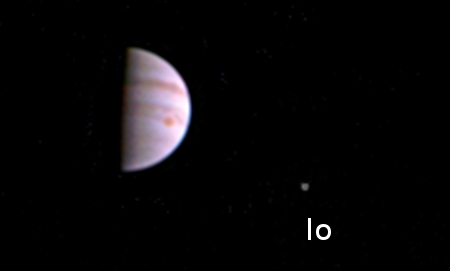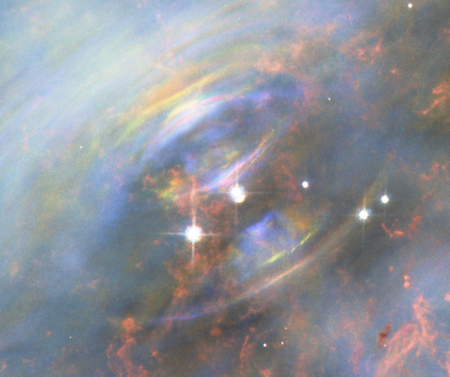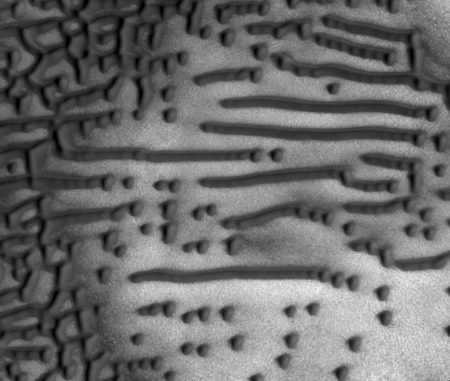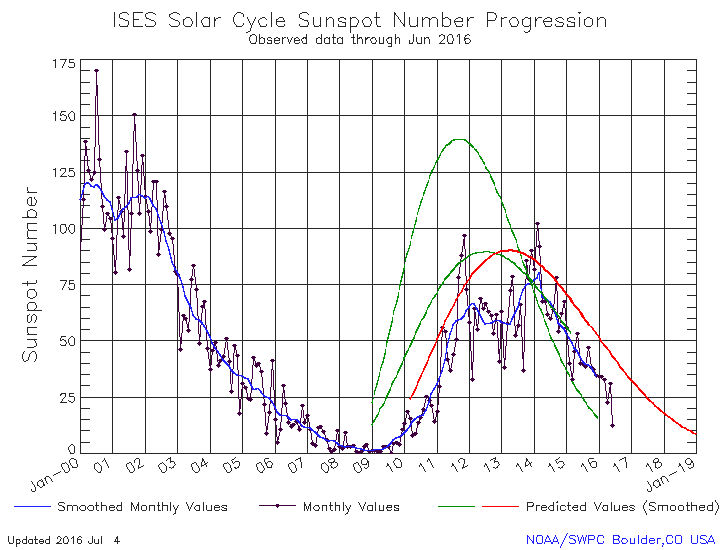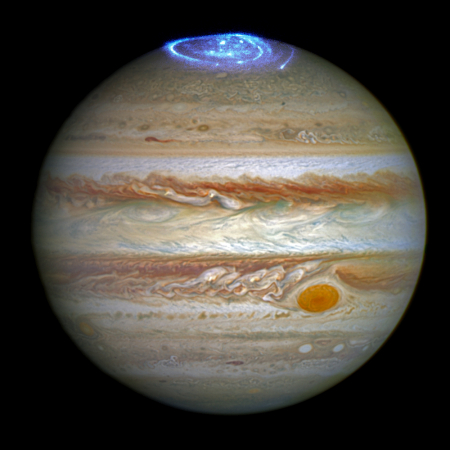The uncertainty of science: Annual Reviews periodically publishes papers providing a detailed scientific review of the present state of knowledge in a variety of fields. They do this by collecting the papers in volumes focused on general areas of research, such as Astronomy and Astrophysics, Plant Biology, and even Sociology.
Today I received the announcement of the publication of the 44th volume of the Annual Review of Earth and Planetary Sciences, listing the volume’s table of contents. While there were many interesting papers on a variety of planetary subjects that interested me (“The climate of Titan,” “Impacts of Climate Change on the Collapse of Lowland Maya Civilization,” and “The Lakes and Seas of Titan”), one paper in particular, entitled “The climate of early Mars”, intrigued me enough after reading the abstract to download it and read it in its entirely. (As a science journalist I have free access to the full text of these papers. While the abstract is free to all, if you wish to read the full text you need to either buy it, or visit a university library that subscribes to each particular series.)
As a review I found the paper quite fascinating. It provided an excellent overview of our present understanding of Mars’s climate history, information that is especially useful to me in reporting on the results from the various Martian orbiters and rovers, as it gives me a wider context and allows me to better understand and analyze each press announcement. This in turn allows me to distinguish between a real discovery of some importance and a garbage press release that is really nothing more than a sales pitch for more funding.
The bottom line of this paper however is this: We know without doubt, based on a lot of geological evidence, that approximately 3 to 4 billion years ago liquid water existed on the Martian surface, leaving behind complex valley drainage networks similar to those created by flowing water on Earth. In addition, the data from the rovers has also found evidence, clays and other minerals, that could only have formed if water once flowed on the surface. What we don’t know is how that liquid water could have existed. The data so far does not provide any clear mechanism for warming the climate enough as well as producing a thick enough atmosphere to allow liquid water to flow. To quote the paper:
In summary, no single mechanism is currently accepted as the cause of anomalous warming events on early Mars.
The data also suggests that an ocean on Mars was unlikely, though not impossible. Instead, it appears that if any warming events occurred to produce liquid water, they were temporary and short-lived. What caused those warming events, however, remains a scientific mystery.
The paper also made clear once again the complexity of climate science, and how difficult it is to develop climate models that explain the geological evidence, not just on Mars, but on Earth as well. As the paper also noted, “Just like the climate of Earth today, the ancient climate of Mars was probably complex, with multiple factors contributing to the mean surface temperature.” And like the climate of Earth, many of those multiple factors remain uncertain and poorly understood. It will be many years before we really understand how Mars got to be the way it is.
Likely, to figure it out we will have to go there ourselves and poke around with our own hands.

